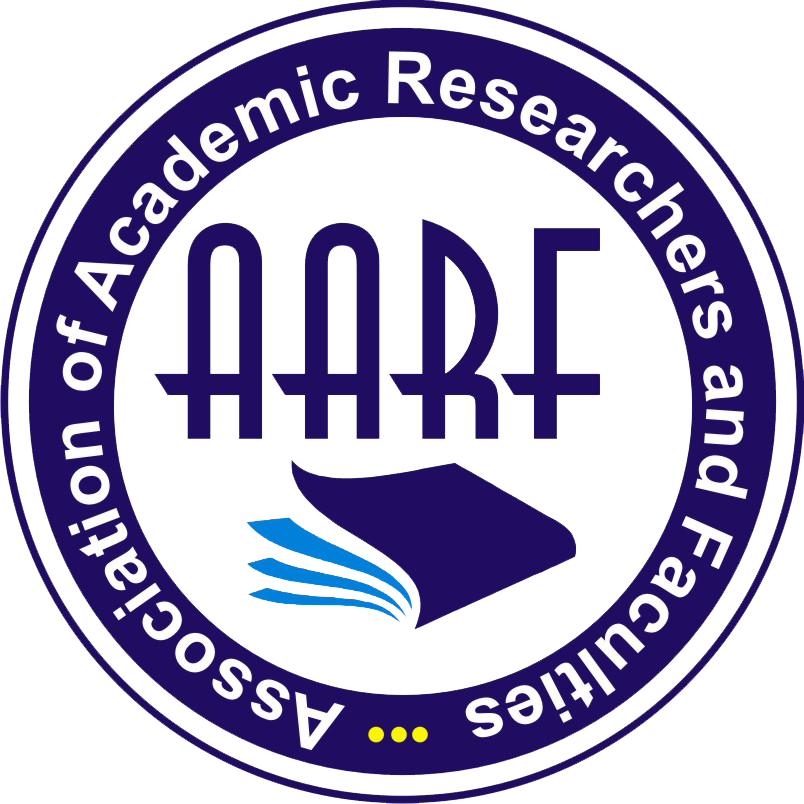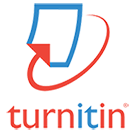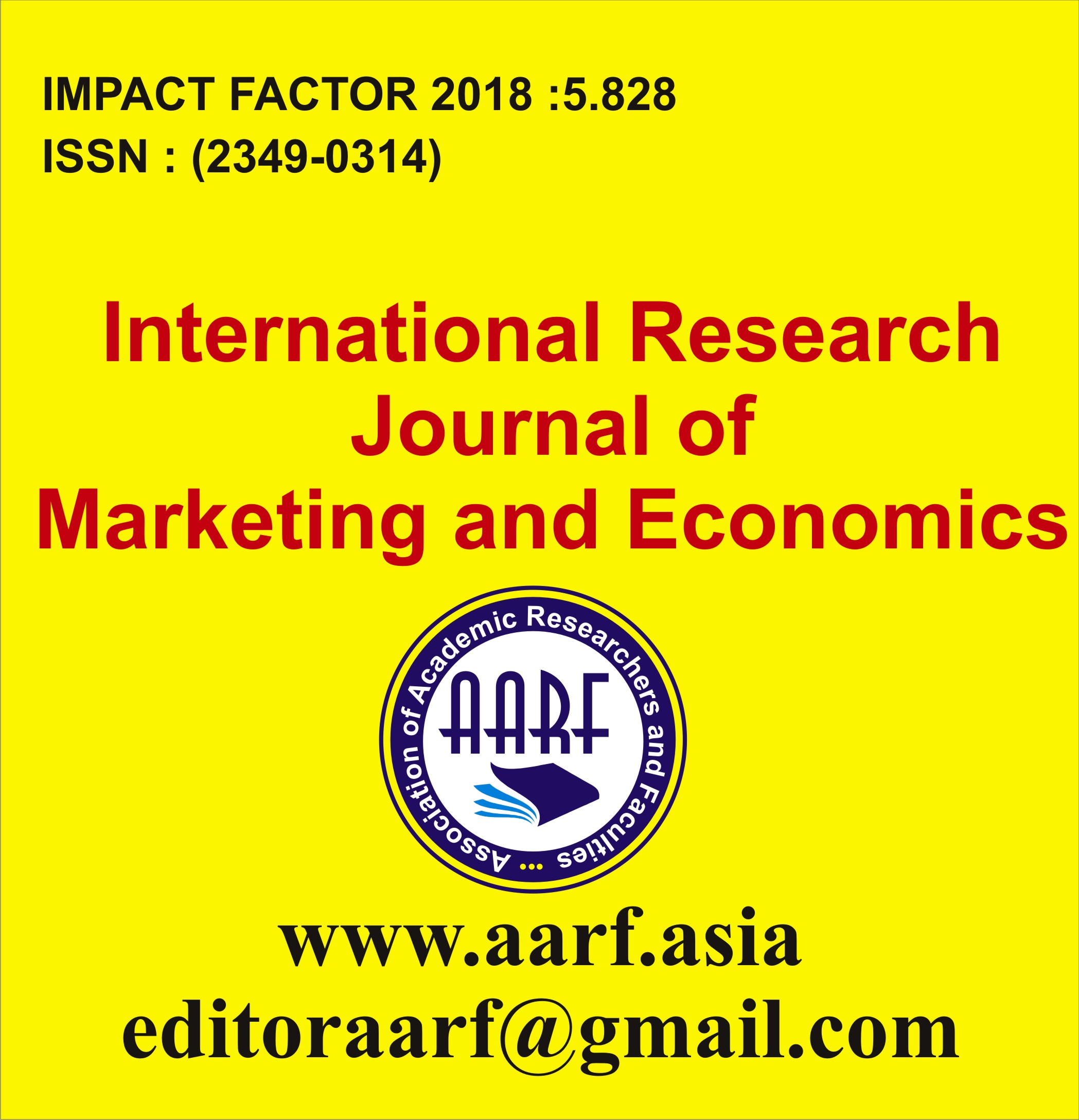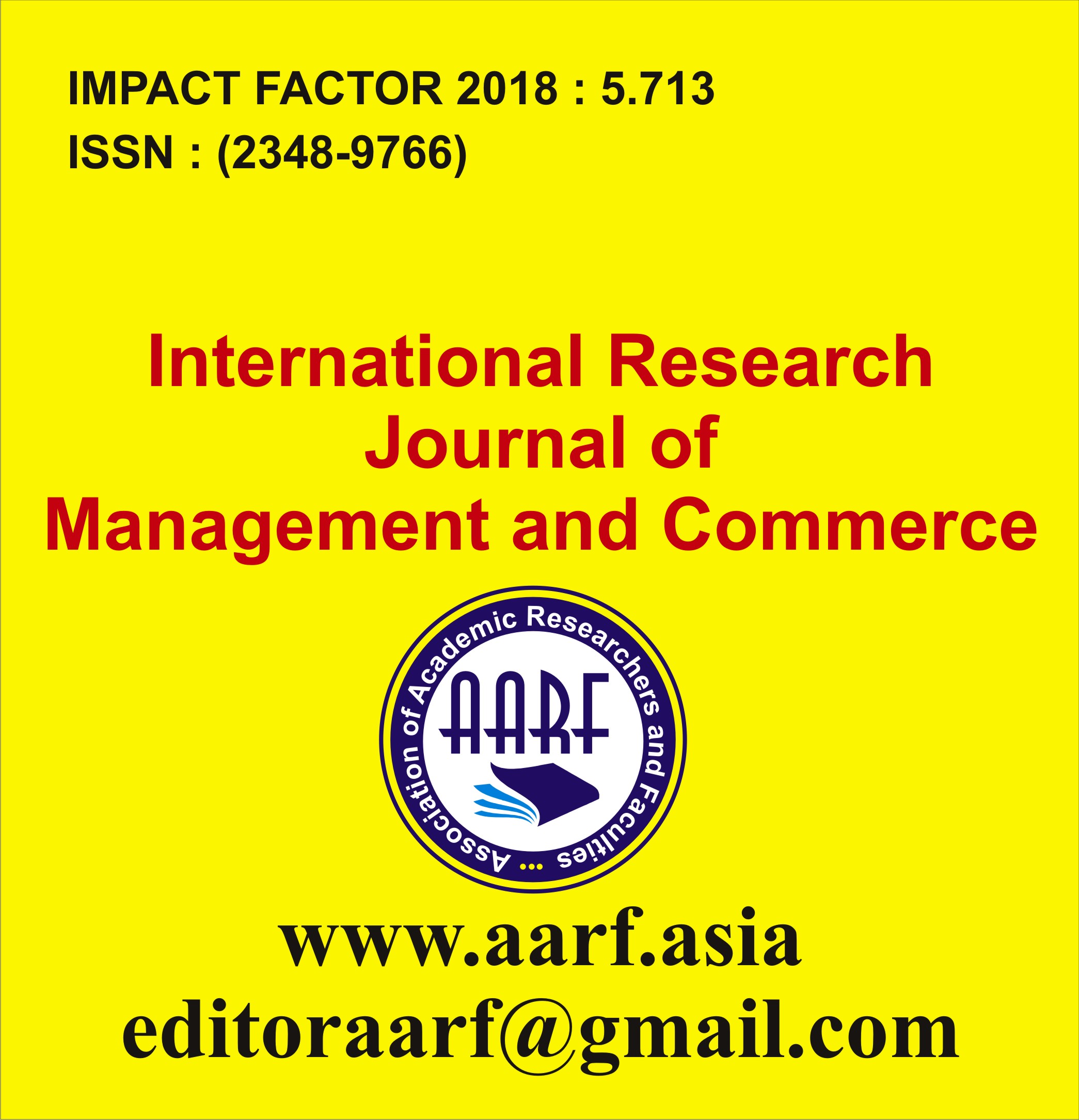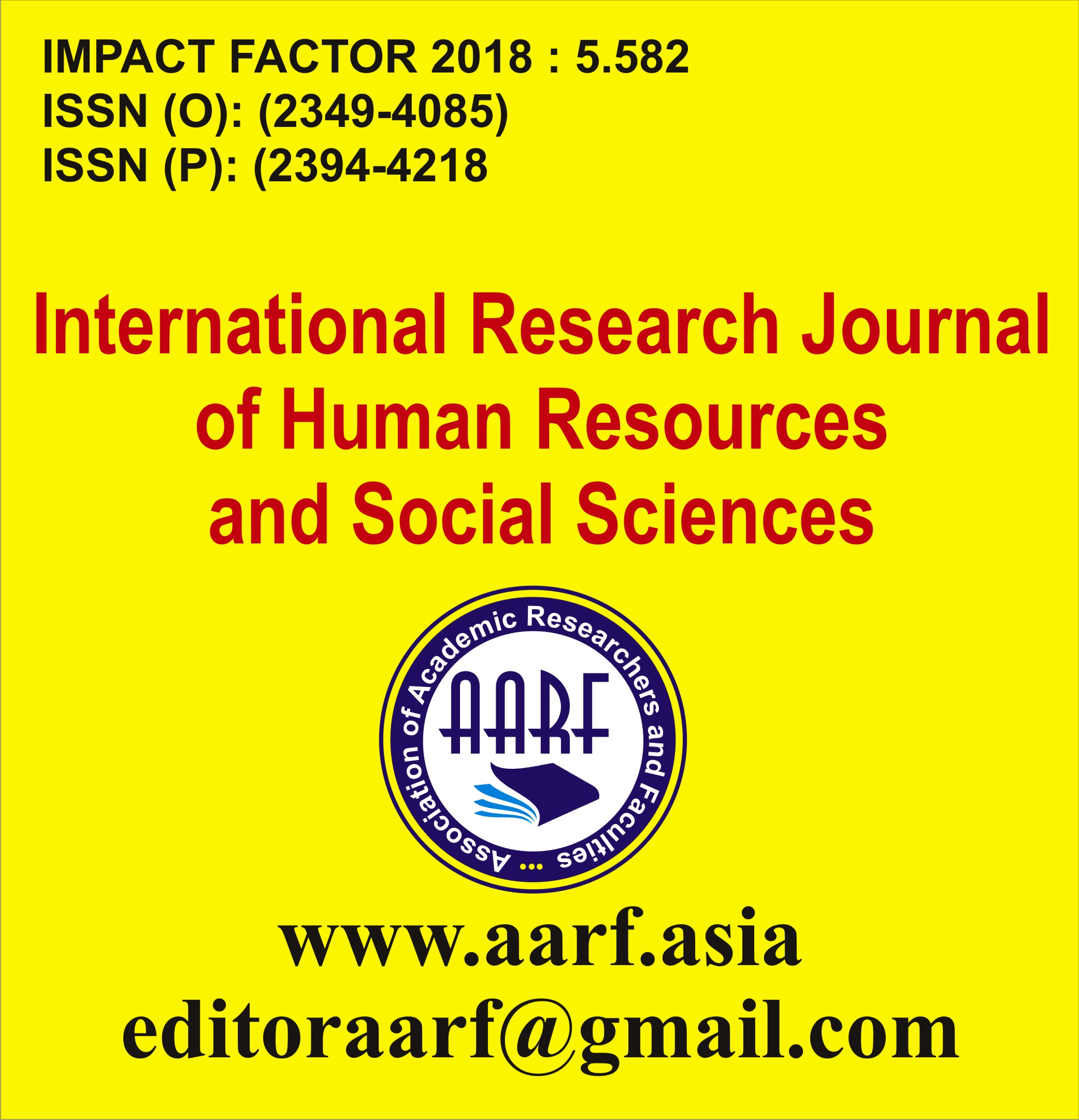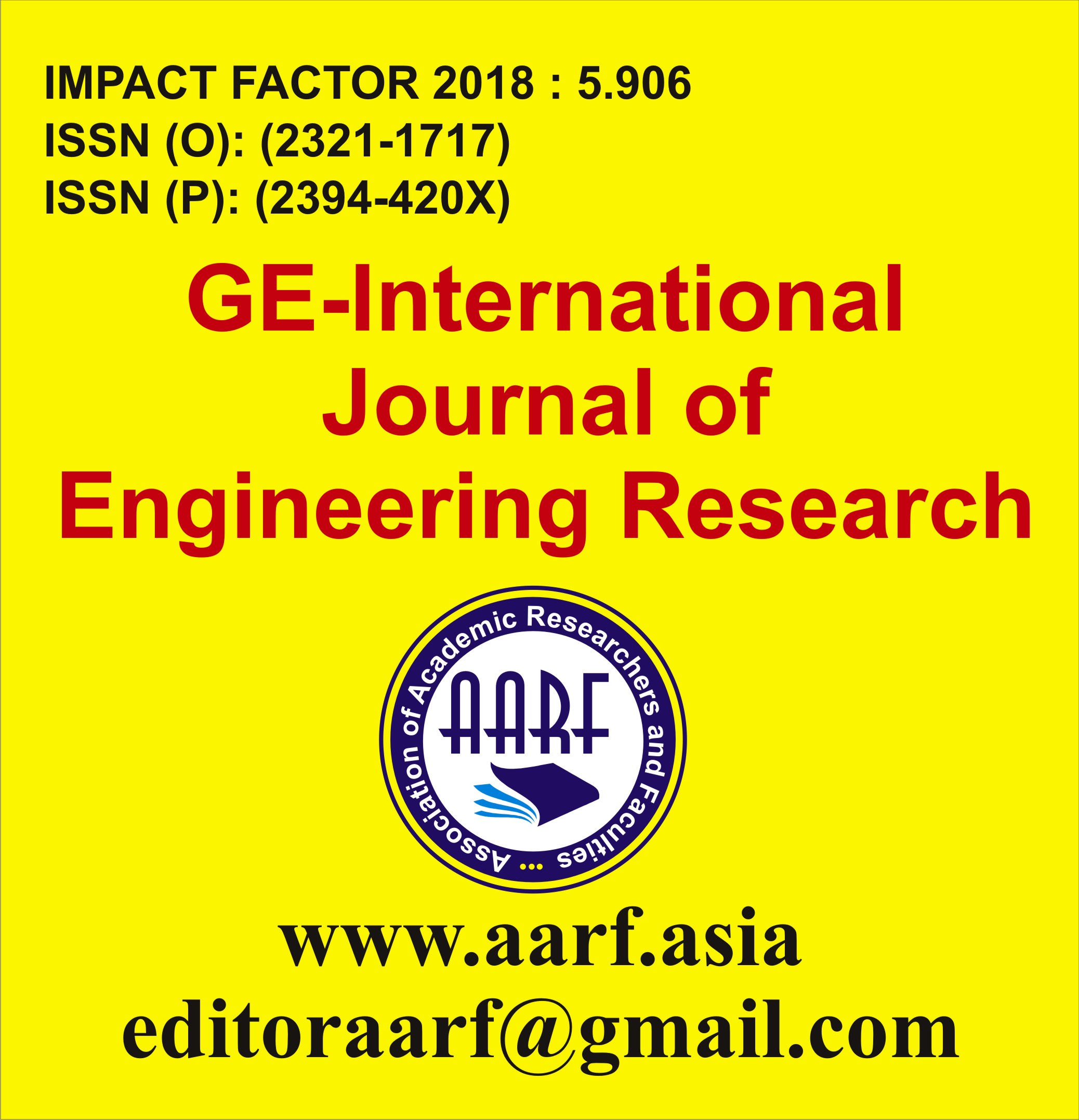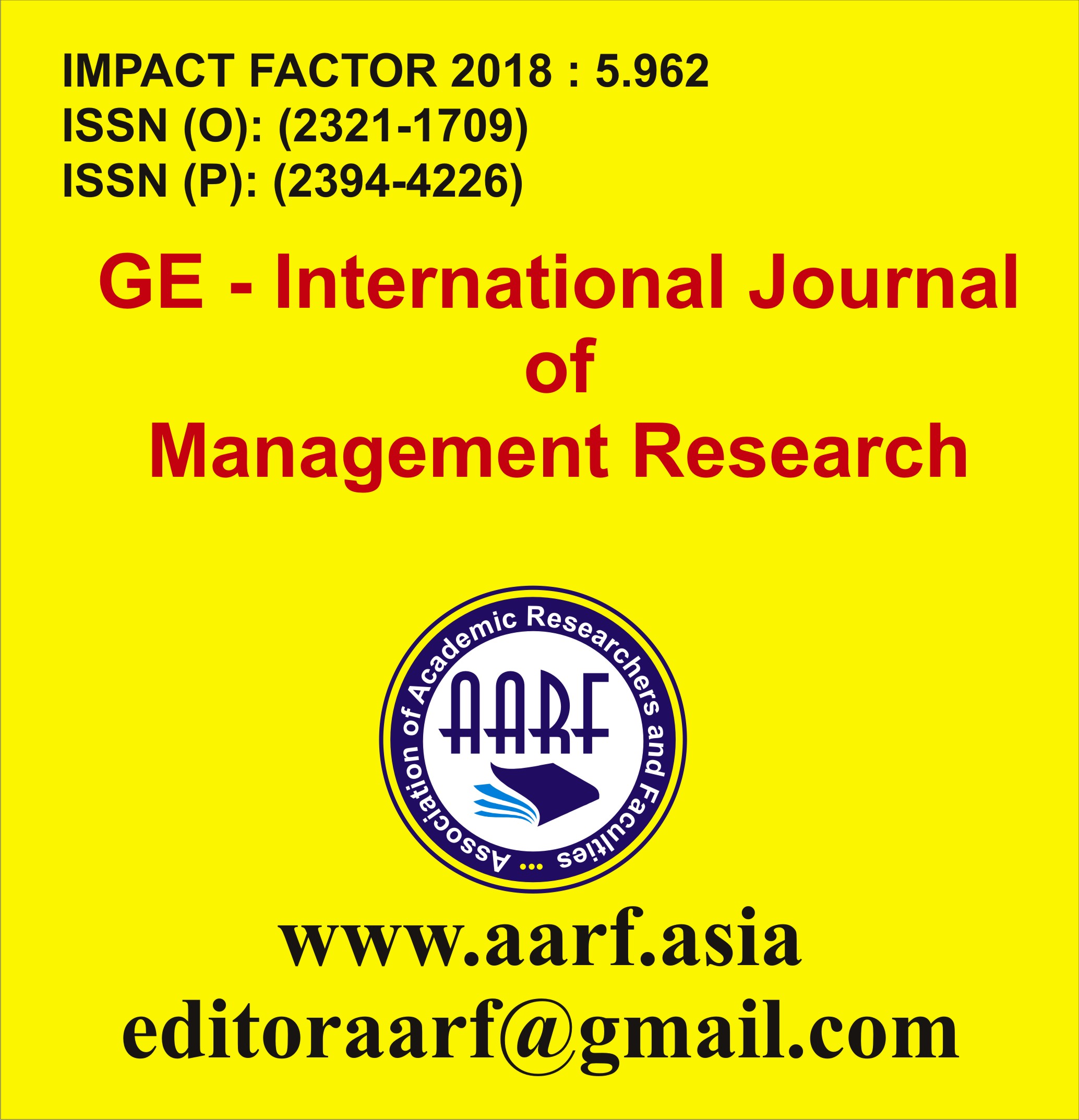
- Current Issue
- Past Issues
- Conference Proceedings
- Submit Manuscript
- Join Our Editorial Team
- Join as a Member

| S.No | Particular | Page No. | |
|---|---|---|---|
| 1 |
Jeyarasa PratheepanAbstract: IoT devices are elements of an IoT system that operate through the internet, allowing the transfer of messages among elements and people automatically. The exploitation of IoT devices in numerous applications not only permits services to users and gives technical innovations but also generates several conditions based on the IoT network and security. Generally, IoT devices are limited with fewer and slower processing resources and less powerful batteries. MQTT is the most commonly used messaging protocol in IoT applications because it requires small computational resources and bandwidth. TLS/SSL encryption technology is used to provide security on MQTT. The implementation of this encryption technique needed more computational power and expensive as well. |
|
1-7 |
| 2 |
Dr. Shailesh Malviya and Kaushambi,Abstract: In the contemporary digital age, cloud computing has emerged as a transformative force, fundamentally reshaping the landscape of Information Technology (IT) infrastructure and revolutionizing business operations across industries. This paradigm shift, characterized by the delivery of computing services—including servers, storage, databases, networking, software, analytics, and intelligence—over the Internet ("the cloud"), has moved organizations away from traditional on-premises IT models towards more agile, scalable, and cost-effective solutions. The impact of cloud computing is profound, affecting everything from startups to multinational corporations and influencing how they innovate, compete, and serve their customers. At its core, cloud computing offers a fundamental change in how IT resources are provisioned and consumed. Instead of investing in and maintaining physical hardware and software, businesses can access these resources on demand from a cloud provider. This "as-a-service" model encompasses various forms, including Infrastructure as a Service (IaaS), Platform as a Service (PaaS), and Software as a Service (SaaS), each catering to different levels of IT needs. IaaS provides the basic building blocks of IT infrastructure, such as virtual machines and storage, allowing users to manage their operating systems and applications. PaaS offers a platform for developing, running, and managing applications without the complexity of managing the underlying infrastructure. SaaS delivers software applications over the internet, accessible through web browsers or dedicated clients, freeing users from installation and maintenance burdens. |
|
8-18 |
| 3 |
Dr. Subrata Naiya, Dr. Saptarshi Biswas,Abstract: A new Cu(II) co-crystal, [(CuL)2(CuL)]·CH3OH (1) was synthesized and characterised by using a tetradentate di-Schiff base ligand (H2L) of 1,3-propanediamine and 2-hydroxyacetophenone. The X-ray structural analysis reveals that the complex contain an identical dimeric unit along with a monomeric unit of Cu(II). The dimeric unit is constructed by the combination of the two monomer of Cu(II) with help of μ1-phenoxido bridge. This dimmer only stabilised at room temperature with co-crystal (CuL). |
|
19-25 |
